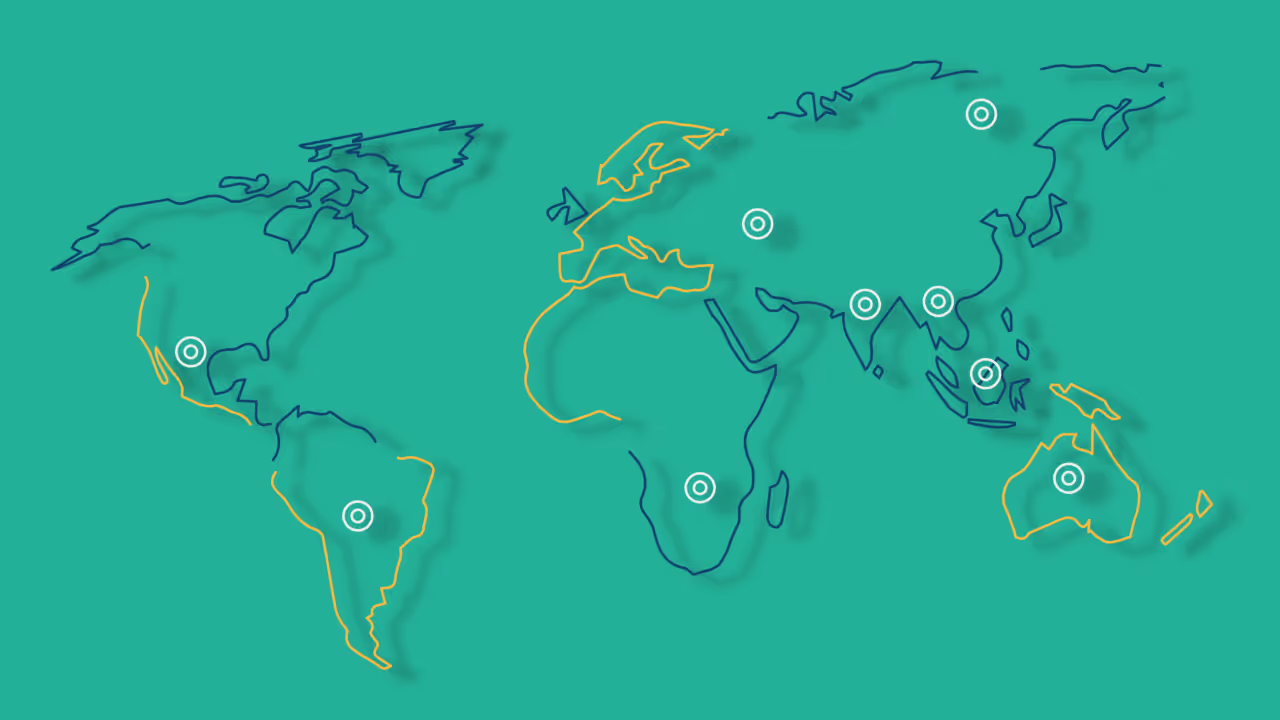Latin America and the Caribbean (LAC) report

The summary paper, A Systematic Review of the Humanitarian Research and Innovation System, is a part of the Global Prioritisation Exercise (GPE) which maps and characterises the global humanitarian research and innovation (HRI) landscape. It sheds light on who are the key HRI actors, where they are geographically located, and presents key outputs from these efforts including thematic and geographic focus areas for HRI investments.
The overarching question that the Mapping Review tries to answer is: Who is doing what, where, and who is funding the HRI?
Key findings from this study are:
- Approximately one-quarter of the 2800 HRI related outputs identified between 2017 and 2021 were innovation focused. The remaining three-quarters of the outputs were related to research.
- The primary areas of focus for both research and innovation (R&;I) outputs were protection, health, disaster management, and logistics.
- The level of R&;I activities and funding varies significantly across thematic clusters and humanitarian contexts. To effectively address the most pressing humanitarian issues, it is necessary to prioritise R&;I needs and investments more strategically.
- Institutions based in high-income countries continue to hold most of the leadership roles in HRI.
- Most of the R&;I resources were provided and received by actors in high-income countries. More efforts are needed to shift funding allocations to partners closer to where humanitarian needs are most directly experienced.
Key recommendations to improve the funding for and prioritisation of HRI topics are:
- Greater involvement of stakeholders who are closer to identifying humanitarian needs is crucial to prioritise R&;I needs and investments more effectively.
- There should be increased collaboration between actors in high-income countries and those in low- and middle-income countries to help bridge the gap in HRI related outputs.
- R&;I funders should develop policies to incentivise funding to actors closer to where humanitarian needs are most experienced.
- There is a need for more comprehensive and accurate data on R&;I activities in the humanitarian sector. This can help identify gaps and investment opportunities and track progress towards achieving more equitable and effective outcomes.
*This review, led by the American University of Beirut, involved a systematic search in ReliefWeb and other relevant bibliographic databases for documents examining humanitarian (research or innovation), and published between January 1, 2017, and June 30, 2021. The title, abstracts, and full text were then screened against a list of inclusion and exclusion criteria. Records were deemed relevant and included if they comprised humanitarian research or were documents describing or reporting on humanitarian innovation. Basic descriptive statistics were used to summarise key bibliometric data and humanitarian event types, specific humanitarian crises, geographies, and thematic HRI focus areas.
[.slimline-cta-box][.slimline-cta_heading]What is the Global Prioritisation Exercise?[.slimline-cta_heading][.slimline-cta_paragraph]The Global Prioritisation Exercise (GPE) aims to improve outcomes for people affected by crisis by amplifying the impact of investments in research and innovation and understanding the priorities at all levels. It will provide a detailed overview of the progress and performance of the humanitarian research and innovation ecosystem with a clear set of priorities for research and innovation funding and attention.
Find out more about the GPE[.slimline-cta_paragraph][.slimline-cta-box]